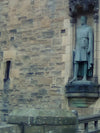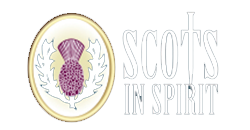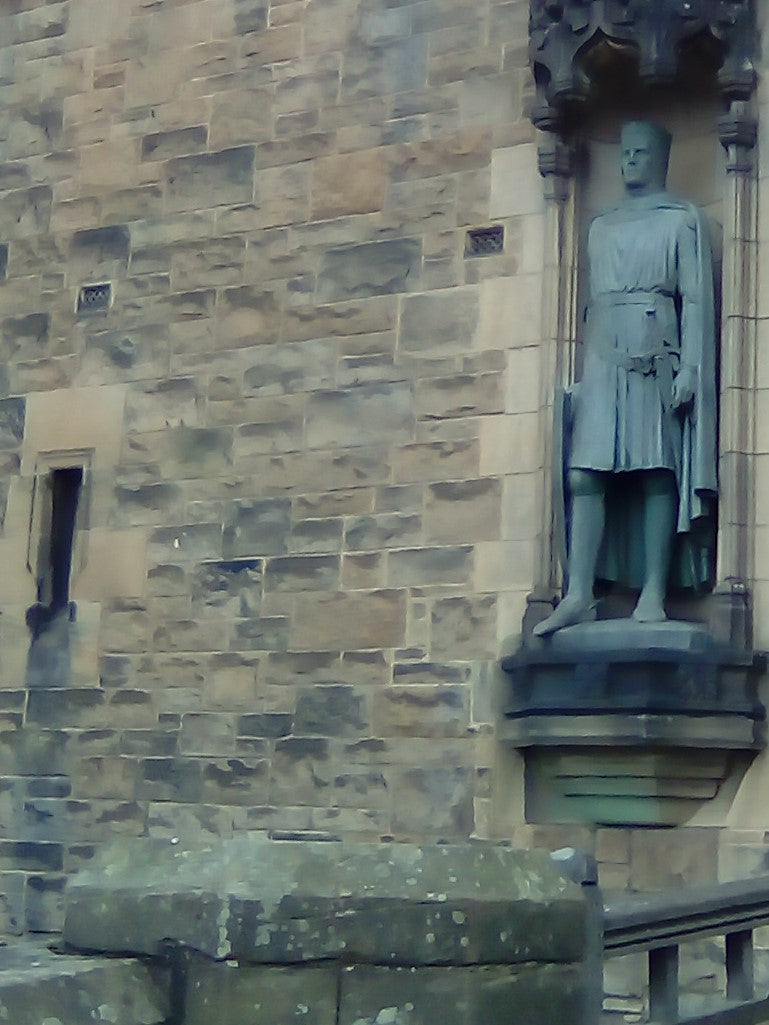
One of Scotland's greatest heroes, Robert the Bruce was born on 11 July 1274, the eldest son of Robert de Brus, 6th Lord of Annandale, and Marjorie, Countess of Carrick. Where he was born is not known for sure - Turnberry Castle in Ayrshire is most likely, other possibilities are Dumfriesshire and even Essex. He was married twice; first to Isabella of Mar in 1296, then to Elizabeth de Burgh in 1302. One of his sons with Elizabeth became King David II of Scotland.
The Bruce family had a claim to the Scottish throne as direct descendants of David I – Robert’s grandfather was one of many contenders for the throne at the time of the “Great Cause”, a succession dispute in 1290-1292. Although at that time, John Balliol became king with the support of Edward I of England, the Bruce family kept their royal aspirations, considering John a usurper.
Many political machinations followed. For a time the Bruces actually supported Edward 1 against John Balliol and his supporters. In 1306, Robert murdered John Comyn who was loyal to Balliol, stabbing him in front of the altar in the Chapel of Greyfriars Monastery, Dumfries. Robert was excommunicated as a result (lifted in 1308) but he seized the throne and was crowned at Scone on March 25. Not long after, he was forced to flee by Edward’s army; his wife and daughters were imprisoned and three of his brothers executed. After spending the winter in Northern Ireland, he returned to Scotland and began a guerrilla warfare campaign against the English.
Bruce was a cunning warrior and his prowess in battle led him to a series of victories, culminating in winning the Battle of Bannockburn on 24 June 1314, a decisive victory over the English. He was then 30 years old; imagine the celebrations a couple of weeks later for his 31st birthday on July 11th!
His reign also saw diplomatic achievements, in particular the Declaration of Arbroath in 1320. As background, Robert had refused Pope John XXII’s demand in 1317 to cease warfare with England. He was excommunicated for this in 1320. The Declaration of Arbroath was a letter to the Pope signed by the Scottish Barons, asserting Scotland’s long-held independence, denouncing English attempts to take over and asserting Scotland’s right to fight back against foreign invaders. The Pope was persuaded – he lifted the excommunication and recognised Bruce as Scotland’s rightful King. And in May 1328 King Edward III of England signed the Treaty of Edinburgh-Northampton, also recognising Scotland’s independence with Bruce as its King.
Robert the Bruce died in June 1329. His body is buried at Dumfermline Abbey; at his request, his heart was to be buried in the Holy Land but only made it to Spain. It was returned to Scotland and buried at Melrose Abbey. Today, Bruce is seen and treated as a national hero, with numerous statues and monuments in his honour. The photo at the top of this blog shows a statue of Bruce located on the left side of the main gateway into Edinburgh Castle - it is matched on the right side by a statue of William Wallace. Below is a photo of Dumfermline Abbey where he is buried.






